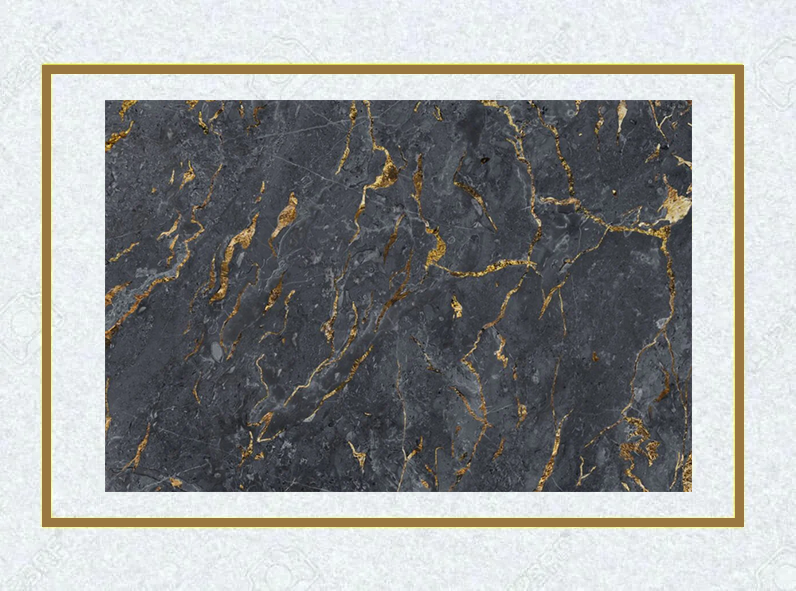The Indian construction industry is undergoing a transformative phase, driven by various factors such as an expanding population, increasing urbanization, and a growing emphasis on sustainability. In this evolving landscape, Autoclaved Aerated Concrete (AAC) blocks are among the innovative building materials, fast becoming the material of choice for many builders across the country. Find out why.
Expanding Urban Population and Rise in Demand for Residential Construction
With more and more people migrating to urban areas to seek better opportunities, the need for housing has skyrocketed. AAC blocks, with their superior insulation and structural properties, are well-suited for the construction of residential buildings. Their lightweight nature allows for faster construction. It helps builders to meet the growing housing demand efficiently.
Moreover, it is also possible to create spacious interiors with thinner walls. This makes AAC blocks an attractive option for modern residential designs.
Growth in Business and Infrastructural Projects
The Indian government is trying its best to boost business climate and infrastructural development. Initiatives like the Smart Cities Mission and the Pradhan Mantri Awas Yojana are aiming to improve urban living standards.
This growth in business and infrastructural projects has created a surge in the demand for reliable and durable building materials. AAC blocks are increasingly being used in commercial buildings, schools, hospitals, and other critical infrastructures due to their strength, fire resistance, and acoustic properties.
Growing Focus on Sustainable Construction Practices
Sustainability is becoming a focal point in the construction industry. AAC blocks align with this trend perfectly. Composed of natural raw materials like sand, lime, cement, and water, these are produced with minimal impact on the environment. Their energy-efficient properties help reduce heating and cooling costs in buildings, lowering overall energy consumption.
Further, the manufacturing process of AAC blocks generates less waste compared to traditional construction materials. This makes them a more sustainable choice. As builders and developers are prioritizing eco-friendly practices increasingly, AAC blocks are emerging as a preferred option.
Focus on Lightweight Building Materials for Reducing Dead Load
The construction industry is evolving towards the use of lightweight materials to reduce the dead load on structures. AAC blocks are significantly lighter than traditional clay bricks. This simplifies the construction process and also reduces the foundation requirements. It can lead to lower construction costs and enhanced structural efficiency.
Further, being lightweight in nature, AAC blocks can be handled and transported easily. This streamlines the construction process further. With builders looking for ways to optimize their projects, the demand for such lightweight materials continues to grow.
Focus on Affordable Construction Buildings
AAC blocks are known to be approximately one-third the cost of traditional bricks, making them an economical choice for builders and developers. The reduced material and labor costs associated with these building materials, coupled with their energy efficiency, lead to significant savings over the lifespan of a building. As the Indian construction industry continues to prioritize affordability, the preference for AAC blocks is expected to rise as the choicest material for budget-friendly construction projects.
The rising demand for AAC blocks in the Indian construction industry can be attributed to several interrelated factors. These can ensure an eco-friendlier and more resilient construction landscape.






